Jaguars are big cats with beautiful spotted coats that help them blend into their surroundings. They have strong jaws and are great swimmers, often hunting near water.
Jaguars live primarily in Central and South America, in places like rainforests, swamps, and grasslands. You can find them in Mexico, Guatemala, Belize, Honduras, Nicaragua, Costa Rica, Panama, Colombia, Venezuela, Guyana, Suriname, French Guiana, Ecuador, Peru, Bolivia, Brazil, Paraguay, and Argentina.
The Amazon rainforest is their favorite home. It is estimated that over half of all the jaguars in the world live in the Amazon basin.
Sadly, jaguars have lost much of their habitat, making them harder to find. They are now extinct in El Salvador, Uruguay, and possibly Chile. In the United States, they were historically found in the Southwest but are now extremely rare, with occasional sightings in Arizona.
What Jaguar Conservation Means
Jaguar conservation means working to keep jaguars safe and make sure they don’t go extinct. It includes protecting their homes, stopping illegal hunting, and helping jaguar populations grow.
Why Jaguars Need Conservation
Jaguars are in danger, with only about 15,000 left in the wild. Here’s why they need our help:
- Habitat Loss: People cut down forests for farms, roads, and cities, leaving jaguars with less space to live and hunt.
- Poaching: Some people kill jaguars for their fur or body parts, which are sold illegally.
- Human Conflict: Jaguars sometimes eat farm animals like cows, so farmers may kill them to protect their livestock.
- Less Prey: Animals like deer and peccaries, which jaguars eat, are also losing their homes, making food harder to find.
Without conservation, jaguars could disappear from the wild forever.
What Is Being Done to Protect Jaguars
People are working together to save jaguars. Here are some ways they’re helping:
- Saving Habitats: Groups create protected areas like national parks where jaguars can live without losing their homes to deforestation.
- Fighting Poaching: Laws make it illegal to hunt jaguars, and rangers work to stop poachers.
- Supporting Communities: Conservation programs teach farmers how to keep their animals safe from jaguars, like using better fences, so they don’t harm the cats.
- Tracking Jaguars: Scientists use cameras and collars to study jaguars and learn how to protect them better.
- Spreading Awareness: Schools and programs teach people why jaguars are important, inspiring everyone to help save them.
Jaguar Conservation Groups, Programs and Projects
Here are some important jaguar conservation projects and programs:
Panthera’s Jaguar Corridor Initiative
-
- Focus: Maintains connectivity between jaguar populations across their range, from Mexico to Argentina, to ensure genetic diversity and resilience.
- Activities: Establishes and protects biological corridors, conducts scientific research (over 30 peer-reviewed publications), engages communities to mitigate human-jaguar conflict, and implements anti-poaching measures. In the Brazilian Pantanal, Panthera manages the Jofre Velho Conservation Ranch, a 25,000-acre research base demonstrating coexistence with cattle ranching and ecotourism.
- Impact: Critical for the Amazon and Pantanal, where jaguar densities is high.
WWF’s Saving the Jaguar Project
-
- Focus: Targets two key landscapes: the Maya Forest (Mexico, Belize, Guatemala) and the Atlantic Forest (Brazil, Argentina, Paraguay) to protect jaguar habitats and promote the Jaguar 2030 Agenda.
- Activities: Enhances protected area management, promotes transboundary cooperation, reduces human-jaguar conflict, and combats poaching. Includes work in Guatemala’s Maya Biosphere Reserve, Belize’s Chiquibul National Park, and Cockscomb Basin Wildlife Sanctuary.
- Impact: Supports the Amazon as a stronghold and addresses habitat fragmentation in other regions.
Northern Jaguar Project
-
- Focus: Protects the northernmost jaguar population in Sonora, Mexico, near the U.S. border, with the 56,000-acre Northern Jaguar Reserve.
- Activities: Restores habitat through water conservation and invasive species removal, monitors jaguars via camera traps, and works with ranchers to reduce conflict through incentive programs. Also runs educational programs for local youth.
- Impact: Creates a bridge for potential jaguar recolonization of the U.S. Southwest, indirectly supporting Amazon populations by maintaining range-wide connectivity.
Jaguar Conservation Fund (JCF) / Instituto Onça-Pintada
-
- Focus: Brazil’s only NGO dedicated solely to jaguar conservation, operating in the Amazon, Pantanal, Cerrado, Caatinga, and supporting Atlantic Forest partners.
- Activities: Conducts long-term population monitoring, researches prey species, and develops strategies to reduce livestock conflicts. Offers training and educational programs, including jaguar monitoring courses and ecotourism development.
- Impact: Directly protects the Amazon’s large jaguar population (up to 10,000 in Brazil) and addresses Brazil’s 48% share of the jaguar’s range.
Rewilding Argentina’s Jaguar Reintroduction Program
-
- Focus: Reintroduces jaguars to areas where they’ve gone extinct, such as Iberá National Park and El Impenetrable National Park in Argentina.
- Activities: Releases captive-bred and wild-born jaguars (e.g., Mini, a female translocated in 2025), monitors populations with GPS collars, and connects habitats across Argentina, Paraguay, Brazil, and Bolivia. Iberá now supports 35–40 jaguars since reintroduction began in 2021.
- Impact: Expands jaguar range southward, complementing Amazon conservation by restoring populations in the Gran Chaco
Rainforest Trust’s Habitat Protection Projects
-
- Focus: Secures large landscapes for jaguars in the Amazon and beyond (Peru, Belize, Brazil, Mexico, Colombia, Panama, Guatemala).
- Activities: Creates and expands protected areas, connects habitats, and works with local partners to safeguard biodiversity.
- Impact: Protects critical Amazon habitats, where over half the world’s jaguars live, countering deforestation.
The Jaguar Project
- Focus: Strengthens wildlife corridors in Costa Rica to boost ecosystem connectivity and biodiversity.
- Activities: Implements targeted reforestation programs to restore jaguar habitats and facilitate movement between populations.
- Impact: Supports jaguar populations in Central America.
Global Conservation’s Protected Area Initiatives
-
- Focus: Safeguards jaguar habitats in key areas like Panama’s Darién National Park, Belize’s Maya Forest, and Ecuador’s Yasuni National Park.
- Activities: Deploys technology-driven defense strategies (e.g., Global Park Defense), supports community-based conservation, and protects large, species-rich ecosystems.
- Impact: Preserves Amazon and Central American habitats critical for jaguar survival.
Jaguar Conservation Frequently Asked Questions
1. Why are jaguars important to conserve?
Jaguars are apex predators, playing a critical role in maintaining ecosystem balance by regulating prey populations. Their presence indicates a healthy environment, benefiting biodiversity. They also hold cultural significance for many indigenous communities.
2. What is the current status of jaguar populations?
Jaguars are classified as Near Threatened by the IUCN Red List. Their populations are declining due to habitat loss, poaching, and human-wildlife conflict, with a population estimated at around 130,000 to 200,000 individuals left in the wild, primarily in Central and South America.
3. What are the main threats to jaguars?
- Habitat Loss: Deforestation for agriculture, logging, and infrastructure reduces their range.
- Poaching: Jaguars are hunted for their pelts, bones, and teeth, often for illegal trade.
- Human-Wildlife Conflict: Retaliatory killings occur when jaguars prey on livestock.
- Climate Change: Alters habitats and prey availability.
4. What is being done to conserve jaguars?
- Protected Areas: Establishing and managing reserves like the Pantanal and Amazon national parks.
- Corridor Creation: Connecting fragmented habitats to allow safe movement, such as the Jaguar Corridor Initiative.
- Anti-Poaching Efforts: Strengthening law enforcement and monitoring illegal trade.
- Community Programs: Educating locals and providing alternatives to reduce conflict, like livestock compensation schemes.
- Research: Studying jaguar behavior and populations to inform conservation strategies.
5. Are there successful jaguar conservation stories?
Yes! In Brazil’s Pantanal, community-based ecotourism has reduced poaching and increased jaguar sightings. In Belize, the Cockscomb Basin Wildlife Sanctuary has stabilized local populations through strict protection and monitoring.
6. Can jaguars coexist with humans?
With proper management, yes. Strategies like guard dogs, better livestock enclosures, and education help minimize conflict. Involving communities in conservation ensures long-term coexistence.
7. What role do zoos and captive breeding play?
Zoos raise awareness and fund conservation, but captive breeding has limited impact due to challenges in reintroducing jaguars to the wild. The focus remains on protecting wild populations and habitats.
8. How does weather change affect jaguar conservation?
Climate change disrupts prey availability, alters habitats, and increases human-wildlife conflict as resources dwindle. Conservation efforts now include climate-resilient strategies, like protecting diverse habitats.
9. Why are jaguars hunted illegally?
Jaguars are targeted for their beautiful pelts, used in fashion, and their body parts, demanded in some traditional medicine markets, particularly in Asia, despite no scientific basis.

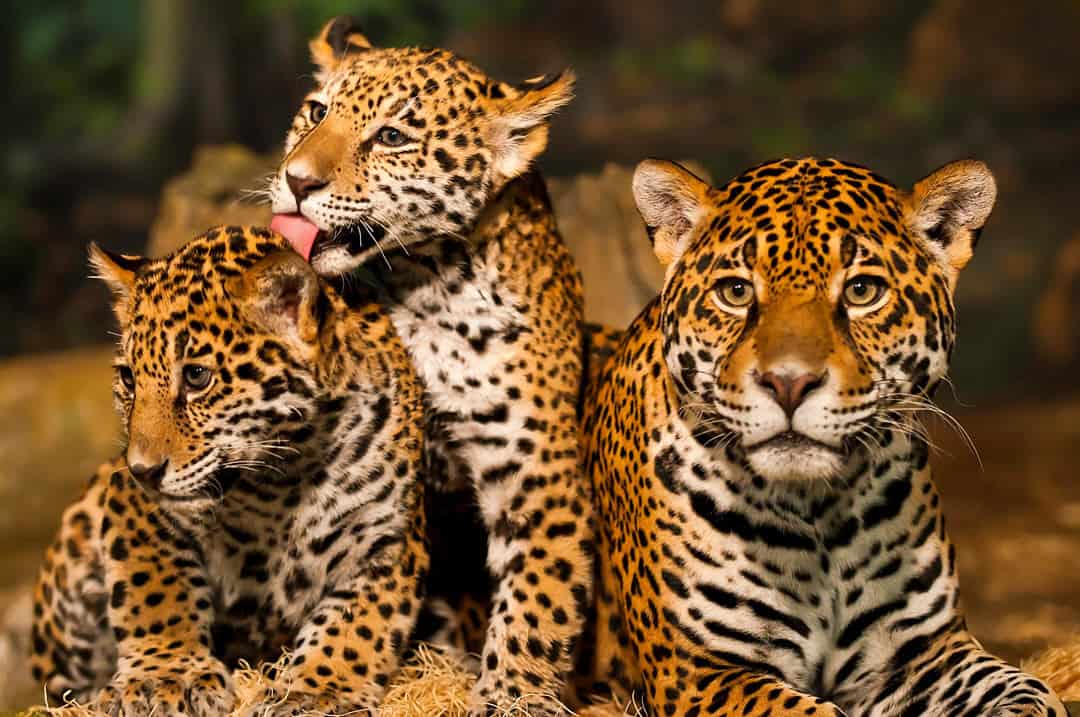
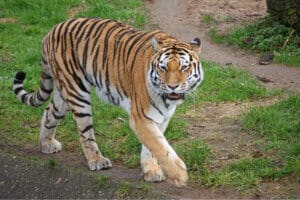
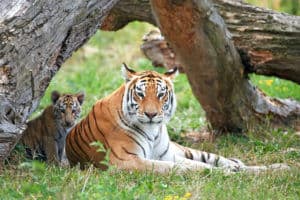
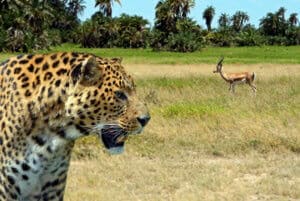
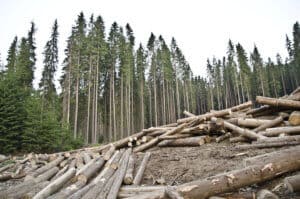
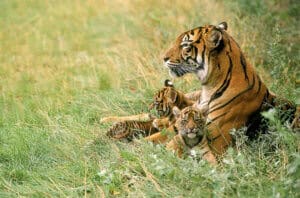
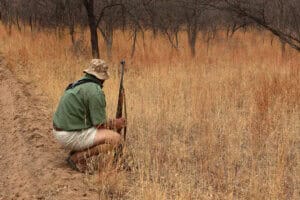
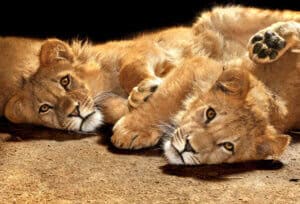
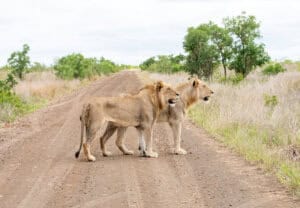

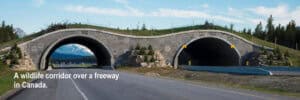
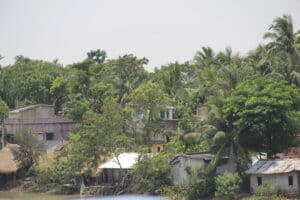
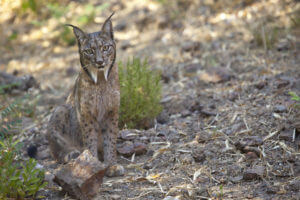
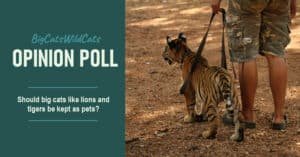
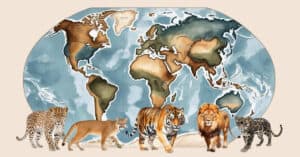
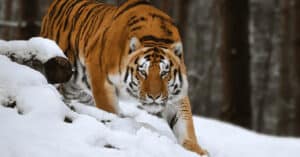
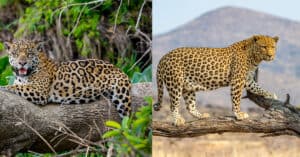
0 Comments